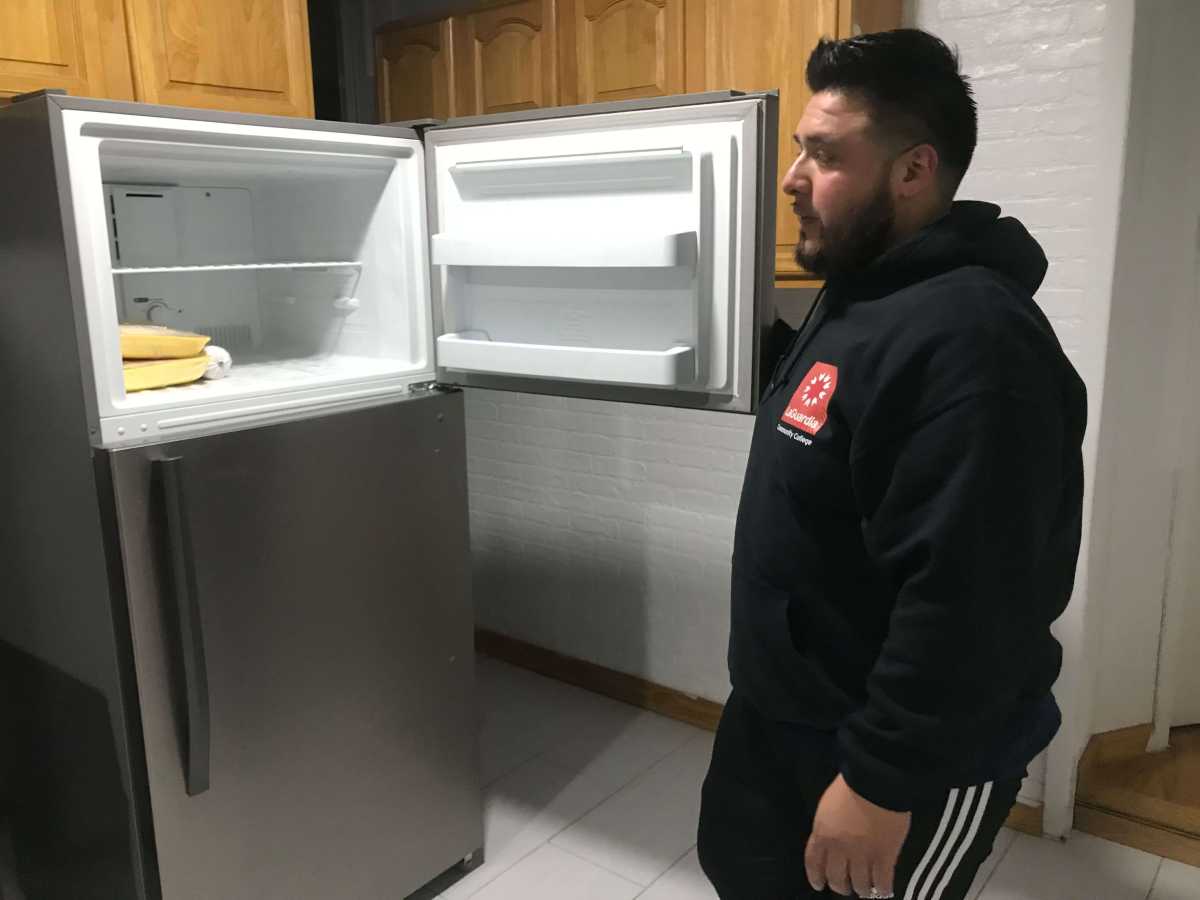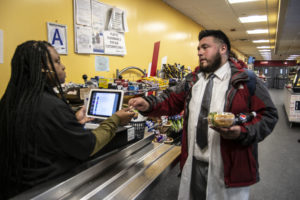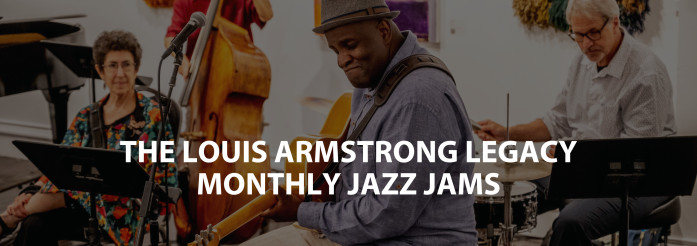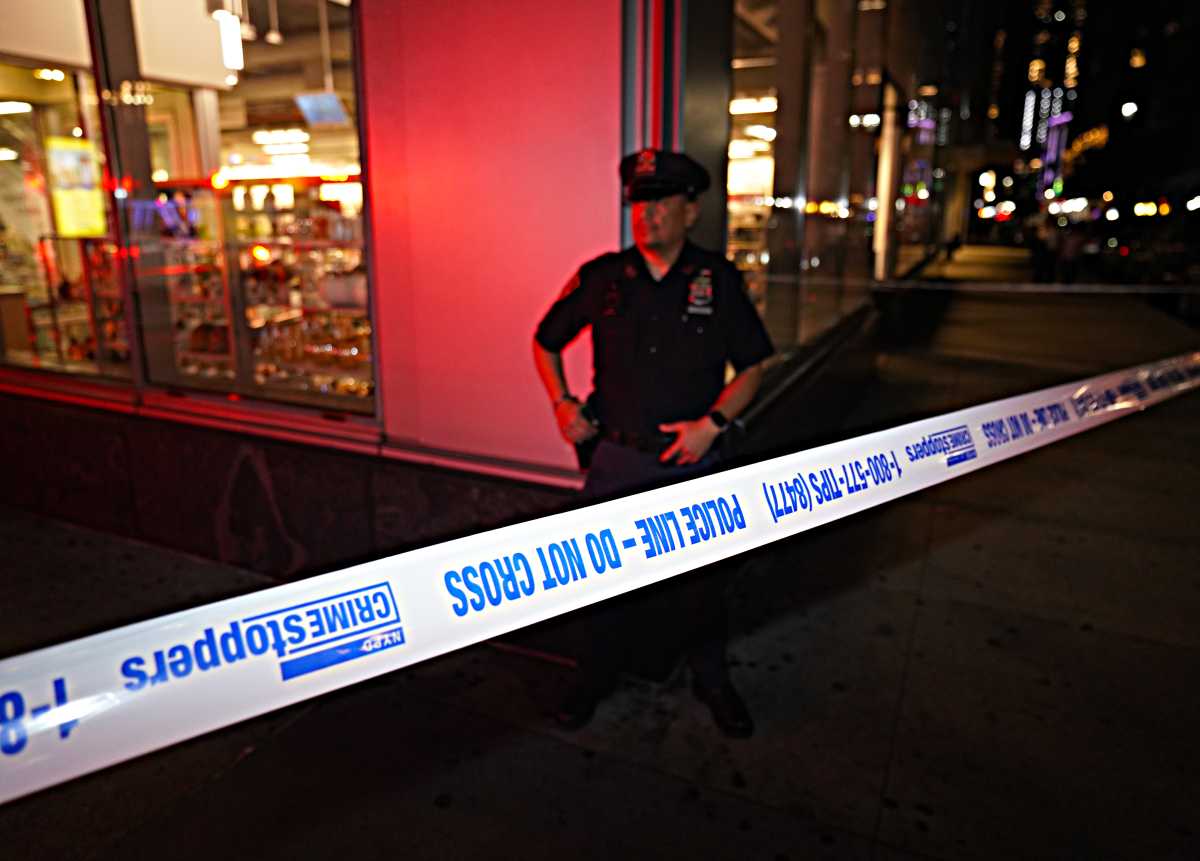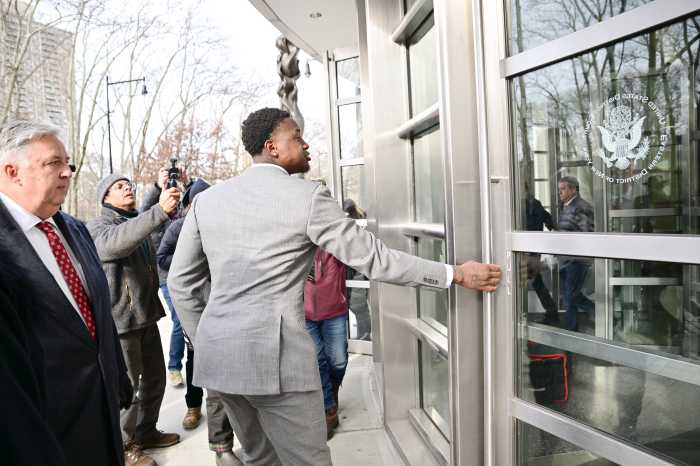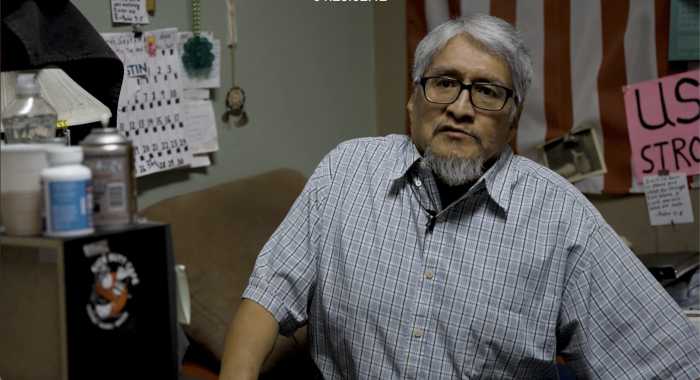After coming home from his part-time job at Best Buy, Jesse Delacruz walks through his empty living room in his Corona apartment to his equally bare kitchen. He grabs a drink from his refrigerator which houses a few lonely bags of pre-made salads.
He has had only one meal today.
Delacruz, like a growing number of college student in the borough, worries about how he can afford his next meal. He has even started going to a food pantry at his school, LaGuardia Community College, but students are encouraged to only go up to 3 times a month even though none are turned away from the food pantry.
“I am one of the lucky ones,” said Delacruz. “There are people that are literally starving.”
More college students in Queens worry about where their next meal is coming from than they did 10 or 15 years ago, according to a study from the CUNY Urban Food Policy Institute.
The rise in number has been attributed to a combination of factors — increased housing costs, higher university tuition and higher number of low-income students being able to attend college.
This increase comes at a time when food insecurity in the borough as a whole is increasing. According to a study from Hunger Free America, 70 percent of Queens emergency food programs report an increase in number of people served this year.
According to CUNY Urban Food Policy Institute, in Fall 2015, about 15,715 students at the four CUNY campuses in Queens (Queens College, York College, Queensborough Community College and LaGuardia Community College) reported that they often or sometimes experienced hunger in the last 12 months due to insufficient resources for food.
About 15,715 students enrolled on the Queens campuses reported experiencing any level of food insecurity in the past 12 months. In 2015, about 35,000 students were enrolled in the two community colleges in Queens and about 25,000 undergraduates were enrolled at Queens College or York College.
“I was definitely embarrassed at first,” said Delacruz about visiting La Guardia’s food pantry. Many students suffering from food insecurity are embarrassed about their situation and to ask for help. Only one-third of four-year students with food insecurity reported using campus-based services, according to the CUNY Urban Food Policy Institute.
In order to combat this crisis, more Queens colleges have opened food pantries. Earlier this month, Queens College opened a pantry; Queensborough Community College has been operating a food pantry since 2016.
But this is not just a Queens phenomenon. More colleges across the nation are opening food pantries. According to a 2018 survey from the College and University Food Bank Alliance (CUFBA), in 2012 there were 88 campuses with registered food pantries with organization. Now, there are are 686 CUFBA members. The most common challenges faced by campus food pantries are insufficient funding, food and volunteers.
It seems that at least some level of food insecurity is a product of coming to school, according to Director of the CUNY Urban Food Policy Institute Nicholas Freudenberg, who finds it saddening and poignant that student’s go hungry while in the pursuit of bettering their lives. The way to combat the issue is through a holistic approach of decreasing tuition costs and creating more affordable housing.
“Pantries are a good short term solution but they are like a band aid and not a long term solution,” said Freudenberg.
Editor’s note: An earlier version of the article erroneously stated that a food pantry was opening at Queensborough Community College when, in fact, the pantry has been in operation since 2016. College officials indicated that it was recently expanded. We regret the error and any confusion which may have resulted.

